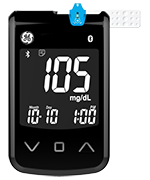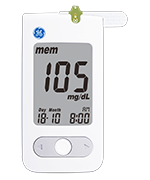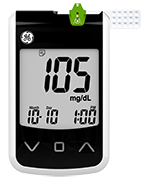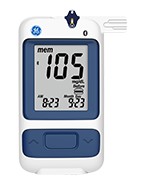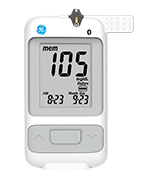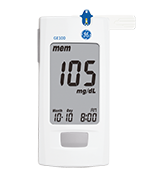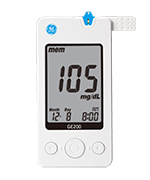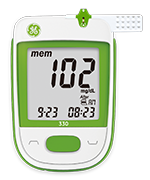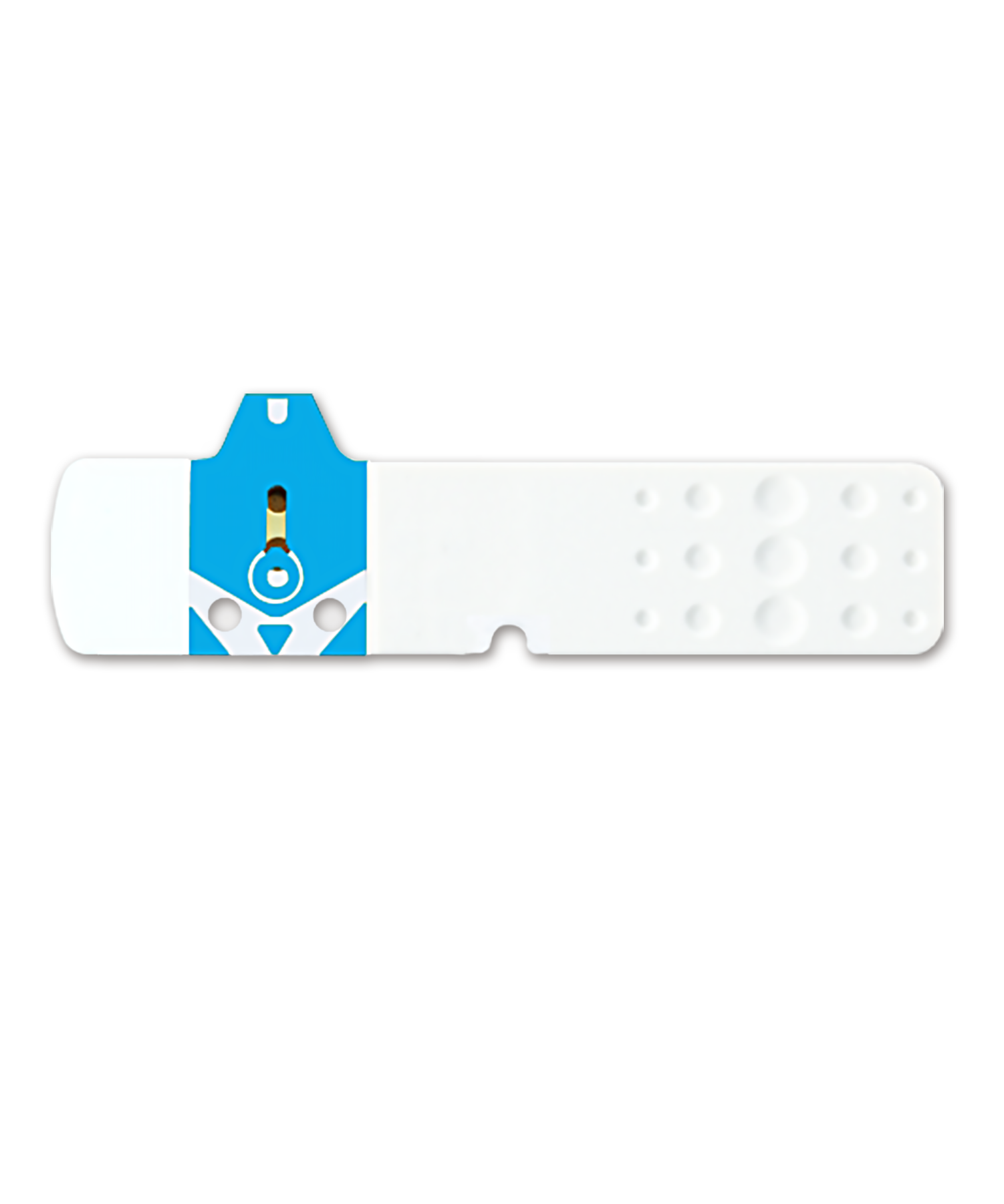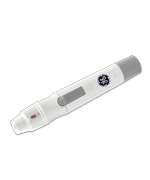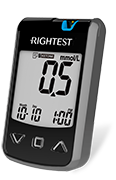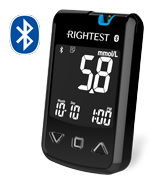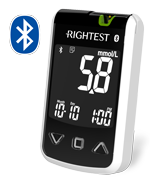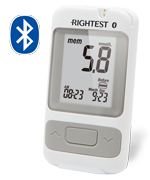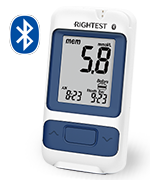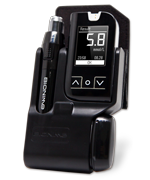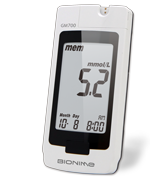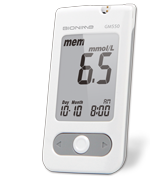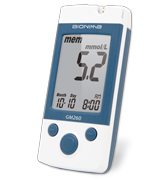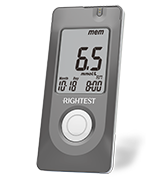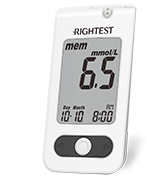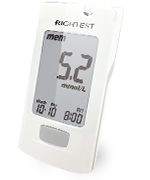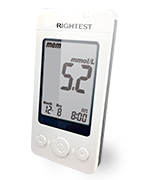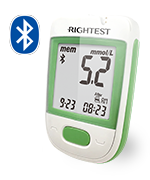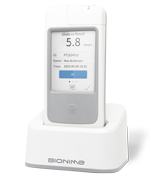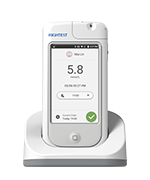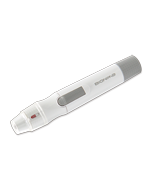All About Test Strip Coding
All About Test Strip Coding
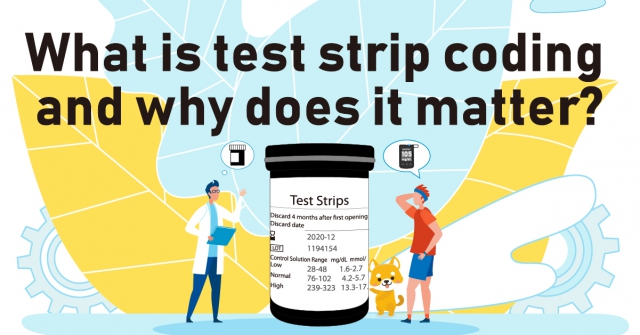
The Basics
To perform a blood glucose test you need a meter and test strip. Pop the strip in the port of the meter and you’re good to go. Earlier glucose meters (and still some today) required an additional step in which you needed to input a numerical code written on the box of strips. This calibrates the meter and is known as coding. More specifically, it is manual coding since the user has to input this code for themselves. Newer models including those from Bionime perform coding automatically (auto-coding). This makes it much easier and quicker to do a test.
What is coding?
Coding is a system used for calibrating test strips and glucose meters. Since test strips use enzymes, each batch varies from one another slightly and this needs to be accounted for by the meter. By assigning a code to each batch of strips, the meter can be pre-programmed to expect a certain strength of enzyme. Now the meter can receive a current from the test strip, process the measurement with respect to the coding and output an accurate blood glucose result.
Better accuracy
Without coding, results aren’t as accurate. In fact, some research suggests that without coding results may differ from the true value by as much as 43%! Incorrect coding (or forgetting to code) leads to inaccurate results which in turn could lead to incorrect treatment decisions. Thankfully auto-coding means users don’t need to worry about coding and can simply test.


